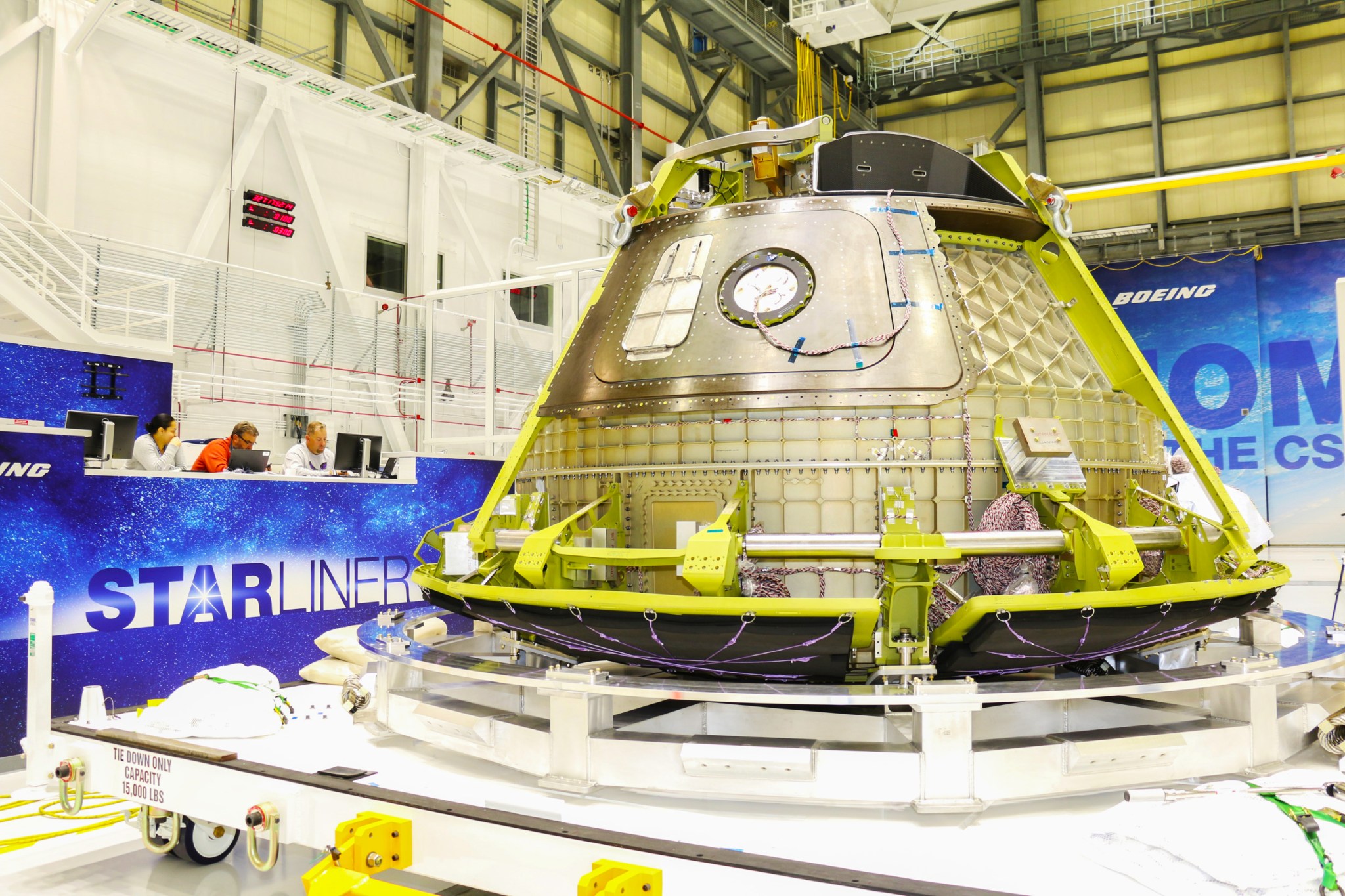On Aug. 14, 2017, a SpaceX Dragon spacecraft was launched atop a Falcon 9 rocket from Launch Complex 39A at NASA’s Kennedy Space Center in Florida. It was a commercial resupply mission delivering supplies to the International Space Station. Four days later, the agency’s Tracking and Data Relay Satellite-M lifted off on a United Launch Alliance (ULA) Atlas V from Space Launch Complex 41 at Cape Canaveral Air Force Station.
This kind of diverse activity is typical at a multi-user spaceport.
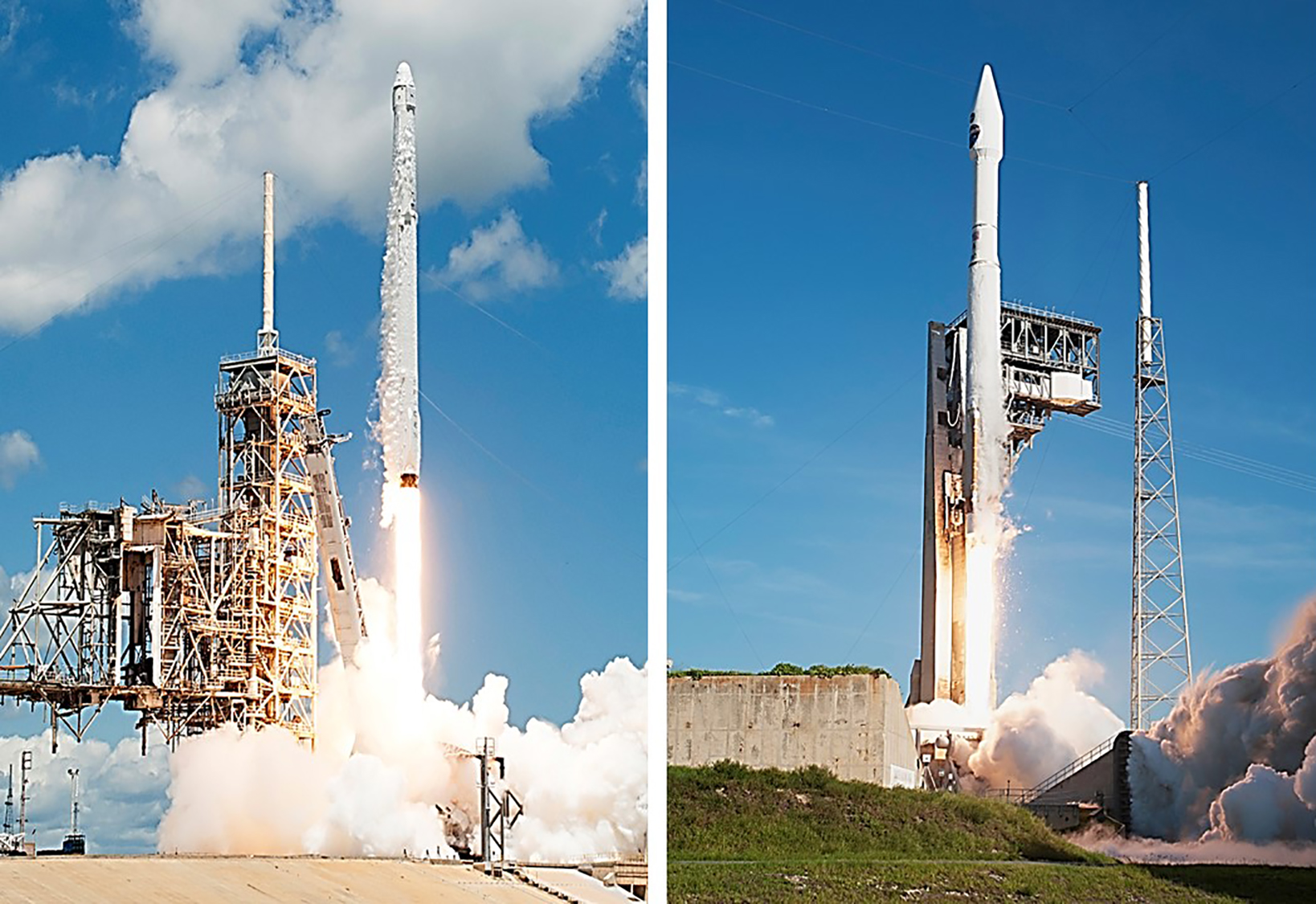
For nearly half a century, Kennedy operated as a NASA-only space center. Originally constructed to support the Apollo Program, facilities were built to prepare rockets and spacecraft for the lunar landing effort. In the mid-1970s, many buildings were converted for the Space Shuttle Program and new ones added.
As the shuttle program came to an end and Kennedy began preparing to support NASA’s Space Launch System (SLS) rocket and Orion spacecraft, it became apparent NASA would no longer need some of the existing facilities. But the anticipation of an emerging commercial space industry resulted in center leadership developing an innovative concept of a multi-user spaceport to change focus from a big government, NASA-only space center to the agency partnering with other organizations.
In 2015, Kennedy met the objective of becoming a premier, multi-user spaceport.
Working Side-by-Side
According to Tom Engler, director of Center Planning and Development at Kennedy, the impact of having multiple partners working together at Kennedy is the result of creating an environment where both commercial and governmental space processing and launch activities are able to operate side by side.
“This only serves to enhance the overall success of all entities here at Kennedy because of the ability to cooperate and help each other out,” he said. “With four separate and distinct human spaceflight development activities occurring at the same time, it has created an environment that is unparalleled anywhere in the world.”
The spaceflight development activities include not only the Orion spacecraft and SLS rocket, but Commercial Crew Program spacecraft – Boeing’s CST-100 Starliner and the SpaceX Crew Dragon as well as the development of the Blue Origin New Glenn rocket.
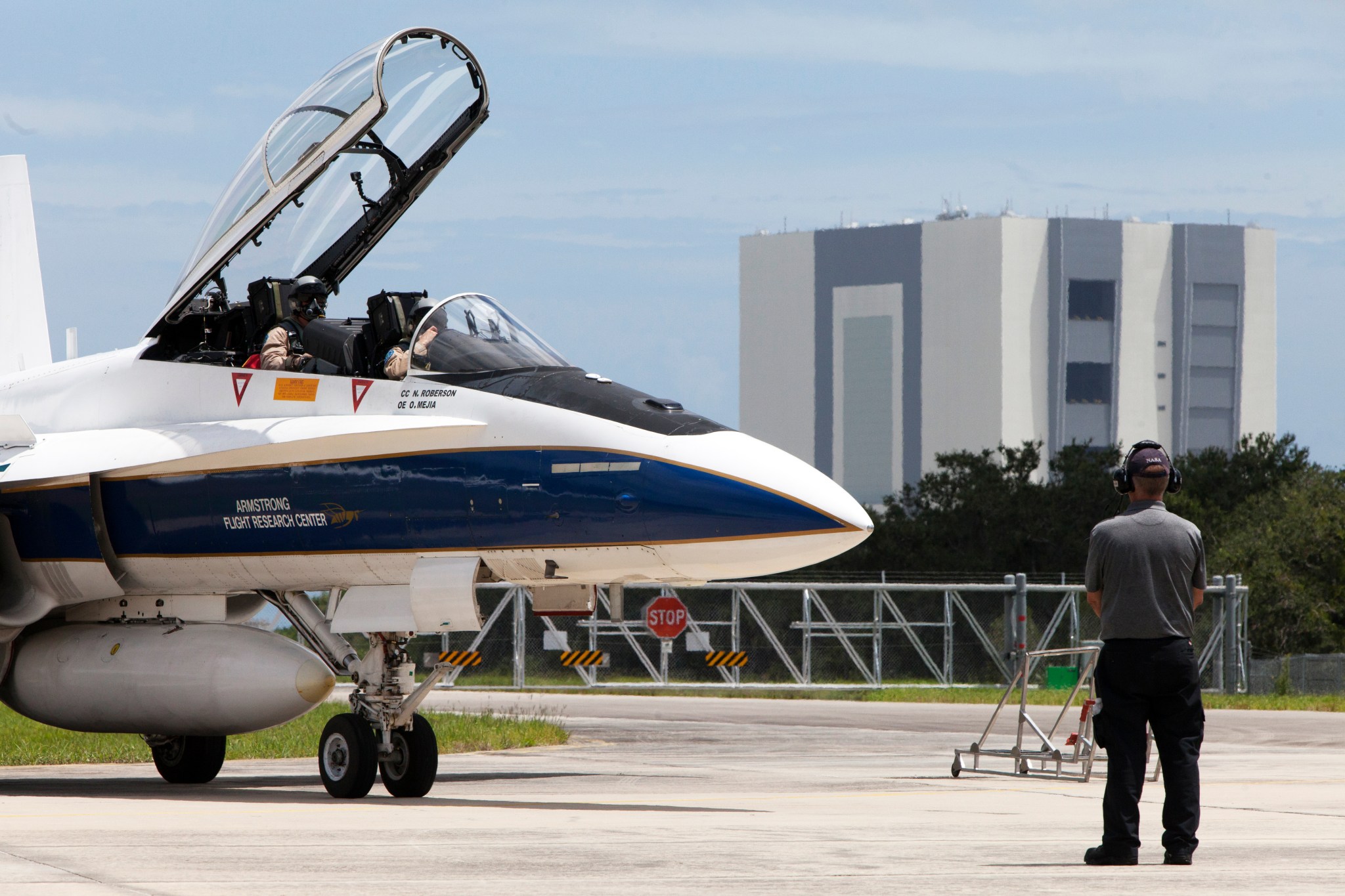
The Center Planning and Development team took a lead role in implementing the concept of a multi-user spaceport along with Spaceport Integration and Services, Chief Counsel, Chief Financial Officer and Safety and Mission Assurance. The result completely changed the way business is done at the center. Making the best use of taxpayer funded resources has been a key objective, from reorganizing the spaceport’s management structure to providing optimum utilization of available assets.
“It’s real — Kennedy is a multi-user spaceport,” said Greg Gaddis, the center’s master integrator. “Our job is to make sure everyone is successful.”
The Customer Service and Integration Branch of Spaceport Integration and Services helps ensure success through situational awareness into the diverse organizations’ daily activities.
Coordinating Services
According to Gaddis, a key element of coordination is a way to maintain situational awareness.
“We created SIMS – the Spaceport Integrated Master Schedule, a process tool,” he said. “It helps us coordinate activities on a day-to-day basis.”
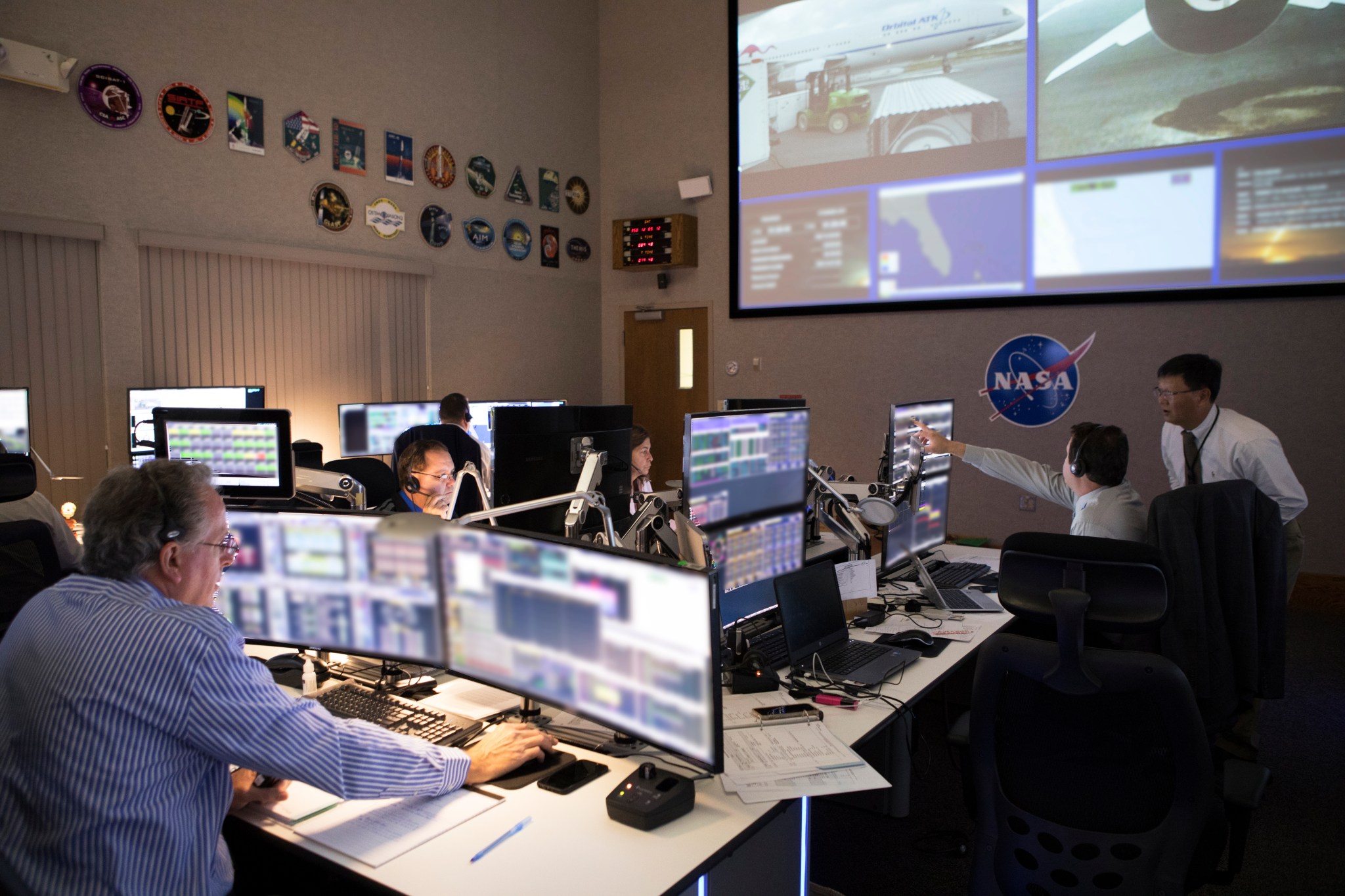
According to the SIMS document, it establishes processes and supporting products in planning operations and activities for all spaceport partners, ensuring efficient use of resources and providing insight into one activity getting in the way of another.
“Spaceport Integration has people who watch for potential conflicts,” Gaddis said.
An example took place last summer.
A team from NASA’s Armstrong Flight Research Center in California and Langley Research Center in Virginia were flying agency F-18 jets from the Shuttle Landing Facility (SLF). In 2015, the center signed a 30-year property agreement with Space Florida for the operations and management of the SLF. In August, NASA researchers were measuring the effects of low-altitude turbulence on sonic booms.
On Aug. 31, 2017, SpaceX was planning a 3.5-second static firing of the engines on a Falcon 9 rocket at Launch Complex 39A. NASA signed a property agreement with SpaceX to operate the former Apollo and Space Shuttle Program site where the company now is launching its Falcon 9 rockets.
The payload launched for the Department of Defense (DOD) on Sept. 7, 2017, was the X-37 Orbital Test Vehicle 5, processed by Boeing in what was bay 1 of the shuttle era’s Orbiter Processing Facility.
“SpaceX was concerned about possible sonic booms during critical moments of the countdown for the static test,” Gaddis said. “We got the Armstrong and Langley people in touch with SpaceX to work out any conflicts. That’s our job, preventing one customer’s operations from impacting operations or safety of another.”
Diverse Operations
Multiple partners means multiple programs with diverse operations.
When NASA’s Launch Services Program (LSP) launched TDRS-M Aug. 18, Hangar AE at Cape Canaveral served as their communication center. During launches, the facility provides real-time data, video and voice information for vehicle checkout and operations and it can be reprogrammed to support any rocket.
At the same time LSP teams in Hangar AE were launching TDRS-M, they were demonstrating Kennedy’s role as a multi-user spaceport by simultaneously supporting Orbital ATK, the launch provider for a Pentagon spacecraft called Operationally Responsive Space number 5, or ORS-5. The program focuses on providing quick-response tactical space-based capabilities to DOD using smaller satellites. Orbital ATK launched ORS-5 on a Minotaur rocket from Space Launch Complex-46 at the Cape a week after TDRS-M.
“Orbital ATK used Hangar AE as their launch control room for ORS-5 providing a prime example of Kennedy’s role as a multi-user spaceport supporting multiple spacecraft and launch providers concurrently,” said Reed Divertie, chief of the Ground Systems Integration Branch of LSP.
Other locations, not needed by NASA for the immediate future, have been turned over to industry partners. OPF Bay 3 now is the Commercial Crew and Cargo Processing Facility where Boeing is preparing its CST-100 Starliner spacecraft, which is one of two commercial partners that will carry astronauts to the International Space Station from U.S. soil once again.
“We’re not done yet,” Gaddis said. “We will continue to grow. For example, Blue Origin will be coming on line soon.”
The impact of the Blue Origin partnership with Spaceport Florida is already evident with the development of the company’s manufacturing facilities in Exploration Park just outside Kennedy’s industrial area and the re-development of Space Launch Complex 36 at Cape Canaveral.
“The newest entrant to Kennedy’s multi-user spaceport is already beginning to manufacture rocket components and will possibly be ready to launch as early as 2019,” Engler said. “According to the approved Kennedy Master Plan and the Notice of Availability that is currently open, we have significant acreage available for partners, both commercial and governmental.”
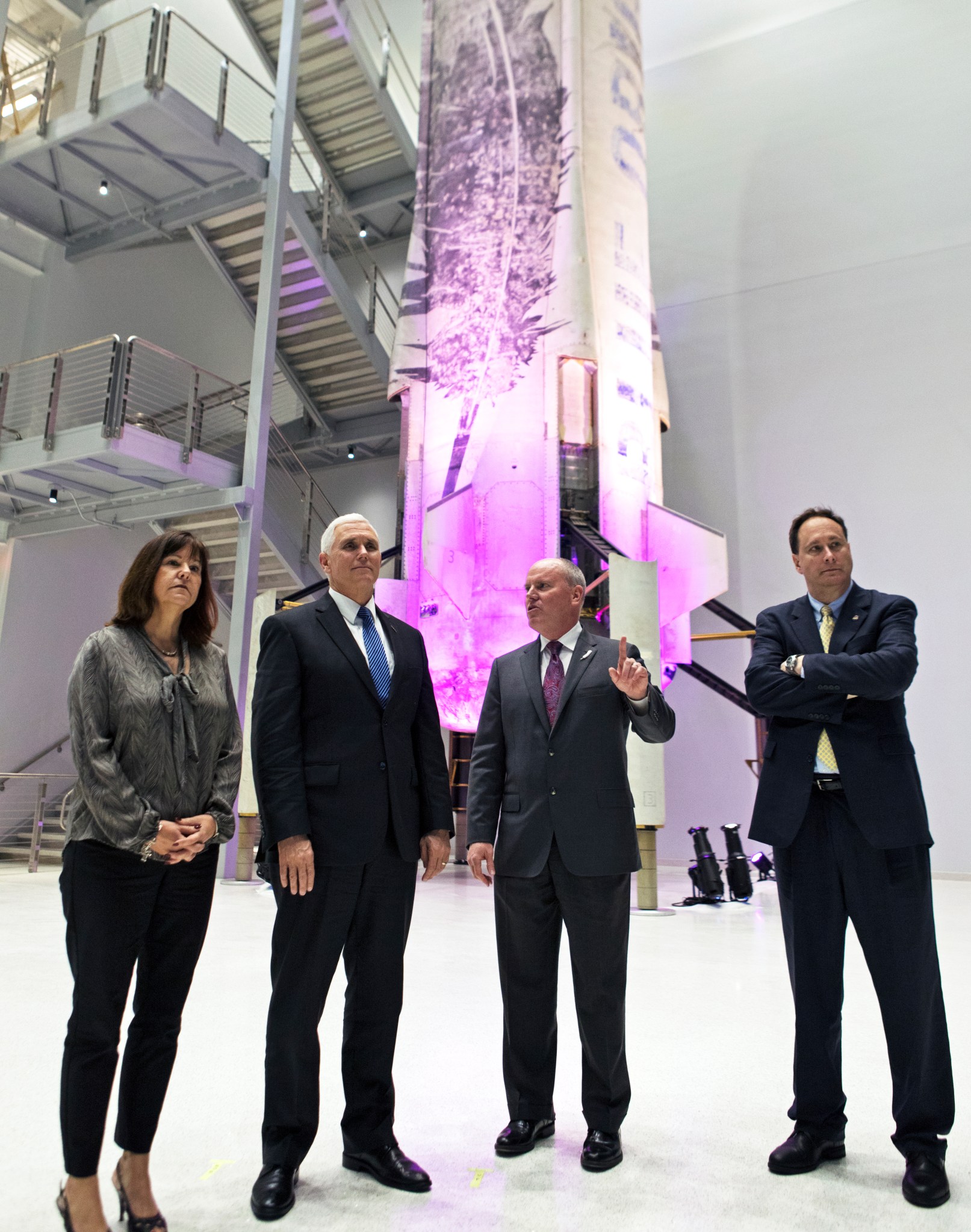
These land uses include, among others, spacecraft launch and landing, spacecraft processing, aerospace research and technology and clean energy.
“We are excited to have the partners that currently reside here at Kennedy and are looking to include more partners into the family,” Engler said.
“More growth will require more integration,” Gaddis said. “It’s all about living and working at a multi-user spaceport.”




























